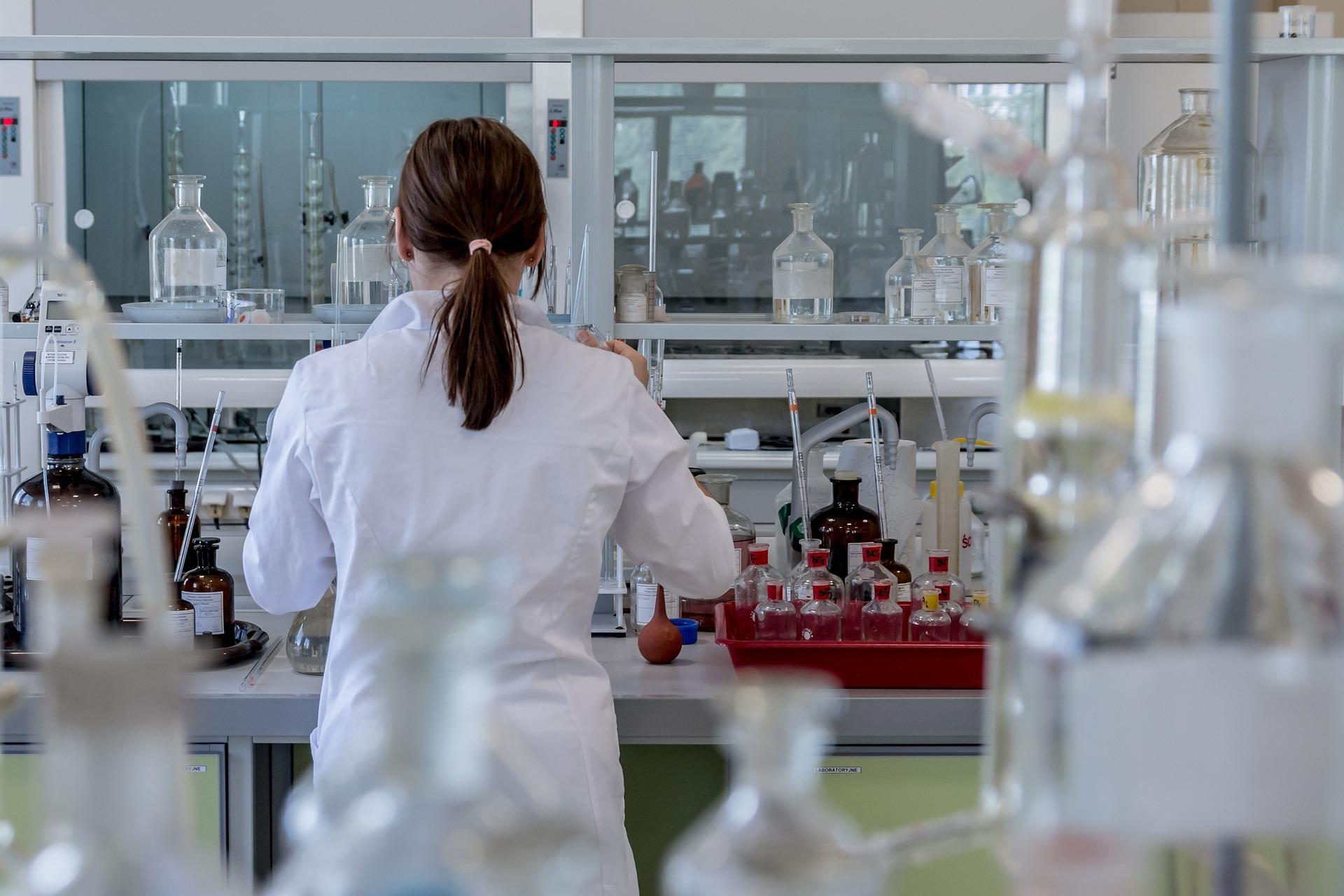New microfluidic platform with integrated DNA biosensor for the detection of SARS-CoV-2

We developed a portable microfluidic device for the detection of unamplified SARS-CoV-2 virus in human saliva sample down to 10 aM sensitivity, based on the fluorescent detection of hybridization events at the surface of silica-based DNA biosensors.
Background
Along with the emergence and spread of Covid-19 pandemics, arose the need for fast, accurate and large population scale virus detection methods. Mass testing proved to be efficient for decreasing the disease prevalence. However, the gold-standard RT-qPCR diagnostics, which rely on specialized personnel and biomedical environment, is not deployble in areas of high population mixing and in developing countries. The development of a portable device for massive and fast viral screening is therefore highly desirable.
Aim
The project aimed at the design and engineering of a microanalysis platform for SARS-CoV-2 viral charge detection in human saliva samples, without recourse to nucleic acid amplification. The target system should provide an automatic and fully integrated screening workflow, including RNA extraction from collected samples, capture of viral sequences by highly sensitive and specific sensing surfaces, and readout through optical fluorescence microscopy.
Results
We first developed a test bench multi-component microfluidic device composed of an input well, a pre-treatment chamber for RNA extraction, a screening chamber loaded with DNA biosensors and an output well allowing for digital fluorescence microscopy readout of hybridization events at the sensing surfaces.
From a large collection of sequencing data of SARS-CoV-2 (NCBI Nucleotide GenBank), a sliding windows approach led to the identification of 1,000 DNA probes targeting highly polymorphic regions of the SARS-CoV-2 genome with length between 20- and 50 bp. In silico selection pointed toward a 24- bp-long ssDNA probe specific for SARS-CoV-2 virus.
We implemented fully covalent functionalization strategies for conjugation of the selected DNA probe to naked or amino-coated borosilicate slides. A variation on spacing units, including molecular, peptidic and polymeric components, provided an efficient methodology for fine tuning the hybridization density at the DNA sensing surface with one of the highest densities reported so far. The robustness of the chemical conjugation approaches for the immobilization of DNA probes led to high stability of the resulting sensing surfaces.
Using saliva samples containing decreasing concentrations of SARS-CoV-2 virus, we established the detection limit of the screening device at 6 copies per mL (corresponding to 10 aM). Also, the absence of readout signal for saliva samples containing the MERS virus demonstrated the discrimination capacity and specificity of the system. Following validation of the test bench platform, we engineered a pre-industrial prototype of the screening device, integrating the fluorescence microscope, the microfluidic circuit and the bioimpedance measurement setup. Current developments include novel design of the sensing unit to match the requirements of bioimpedance readout and extension of the screening capacities towards other viral pathogens.
Specific contribution to tackle the current pandemic
The screening platform herein developed allows for SARS-CoV-2 screening in human saliva samples without the recourse to viral RNA amplification and with total analysis time of less than 15 minutes. Thanks to the fully automated and integrated device, the sample processing and detection technology are accessible to non-specialized personnel and can be operated outside of biomedical environments. The functionalization strategy is independent of the sequence of the immobilized DNA probe, thus offering the possibility to apply the technology to other viral pathogens.
Original title
Development of a microfluidic platform for real-time detection of SARS-CoV-2 virus based on multifunctional silica membrane biosensors
